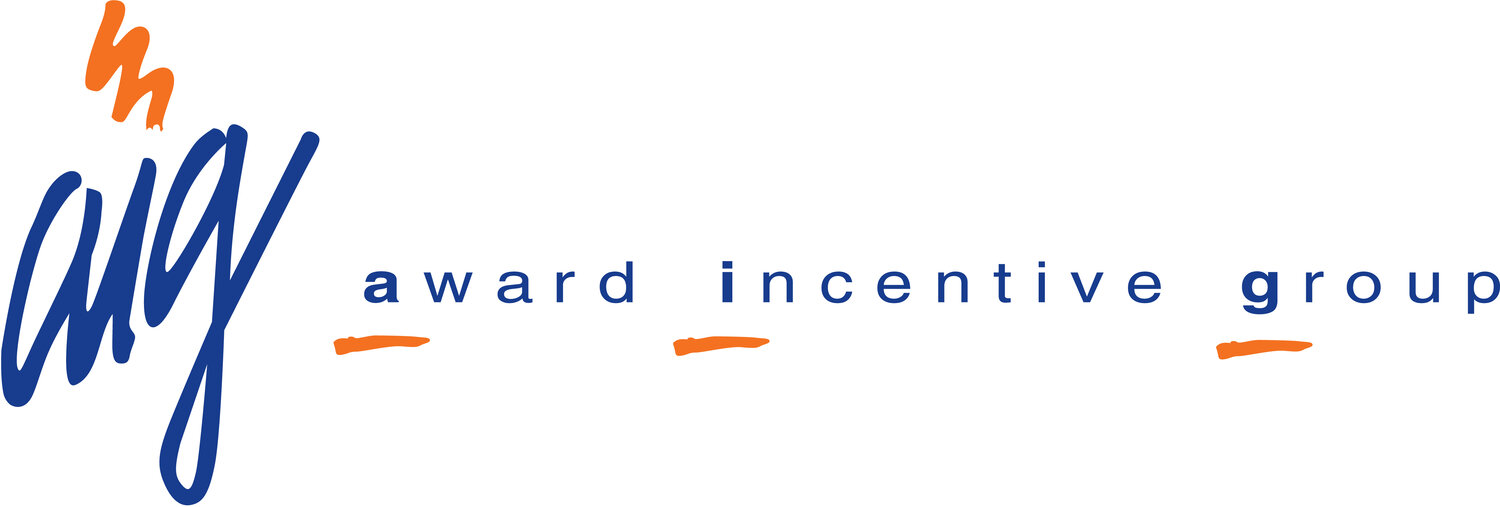INTRODUCTION
In today’s economic environment, employers are struggling to find every advantage possible to thrive, grow or simply to stay in business. For most US based organizations payroll represents the largest expense. Advantages therefore, come first and foremost through better talent management.
Talent management describes a wide range of activities, and not all positive. Most employers have already frozen or restrained hiring and many have downsized their workforce. While both are at times necessary, it is our contention that the largest opportunity for corporate performance improvement lies in engaging the workforce to drive better customer engagement, better revenue and higher profits. Employers that can improve employee engagement during the downturn will reap immediate and longterm benefits (Return on Investment) as described in this paper.
The Cost of Employee Disengagement
The cost of employee disengagement is profound. In the aggregate, employee disengagement is estimated to cost the US economy as much as 350 billion dollars per year in lost productivity, accidents, theft and turnover1. For organizations, the difference between an engaged and disengaged workforce can ultimately mean success or failure. At the individual level, engagement at work influences all aspects of an employee’s life and those that are close to him or her. It is no stretch to say that the economy (and therefore the nation as a whole) businesses and society have an equal stake in ensuring that the American worker is engaged at the highest levels possible.
Most leaders and organizations know the difference between a fully engaged worker and one that is marginally engaged or disengaged. The former brim with enthusiasm, they contribute ideas, are optimistic about the company and its future, are seldom absent from work, they typically stay with the organization longer and are among the organization’s most valuable ambassadors.
Disengaged workers, on the other hand, are often absent (even when they are at work). They are disconnected and often pessimistic about change and new ideas. They have high rates of absenteeism and tend to negatively influence those around them, including potential customers and new hires.
Disengaged workers cost organizations money in many ways. The most important difference between engaged and disengaged workers, however, is productivity. Engaged and disengaged workers of equal skills, knowledge and abilities do not contribute equally. Engaged workers are significantly more productive. Moreover, where they interact with customers, they are much more likely to create relationships that generate loyalty and increased business. And when they interact with other employees or prospective employees, they are more likely to convey enthusiasm and a positive message about the organization.
While experienced managers wouldn’t argue with the above, there unfortunately exist few measures that quantify the impact of engagement in financially tangible terms. This paper describes and classifies the best measures that do exist, along with Return on Investment (ROI) methodologies that impact intangibles (such as turnover) but can be measured and therefore contribute to a quantifiable understanding of the benefits of employee engagement. These measures are important because initiatives designed to drive engagement are often time and resource intensive and while we may firmly believe that they are worth the investment, we must also strive to demonstrate that potential in terms that senior executives and investors can quantify to the bottom line success of the company . . .

